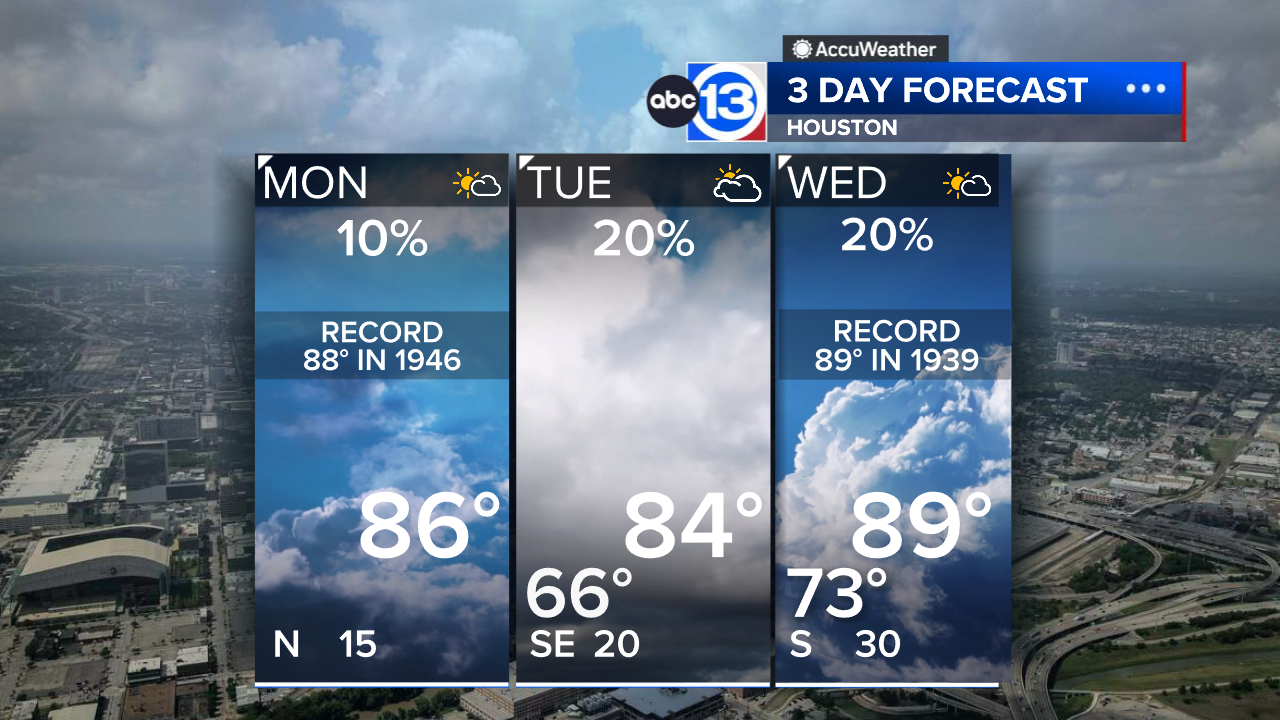Path of totality, how to watch and what to know about Tuesday's total solar eclipse
On Tuesday, skywatchers in parts of the Earth will be getting a rare treat: a total solar eclipse.
It will be the first total eclipse since the Great American total solar eclipse of 2017, AccuWeather reports.
Where can the July 2, 2019, total solar eclipse be seen?
Unfortunately for eclipse enthusiasts in the U.S., we aren't in the path of this one. The path of totality is mostly across open waters, but tourists are packing into the tiny sliver across Chile and Argentina where the toal eclipse will be visible.
What time is the July 2, 2019, total solar eclipse?
The partial eclipse will first reach Chile at 3:22 p.m. ET, with the total eclipse beginning at 4:38 p.m. ET. The total eclipse lasts a matter of minutes in each location. NASA will be live-streaming it.
What makes the July 2, 2019, total solar eclipse special?
Gordon Telepun, an eclipse enthusiast who will be witnessing a total solar eclipse for the fifth time on Tuesday, said this one is special because he'll be seeing it at sunset.
"You know how the moon always looks bigger on the horizon? So an eclipse on the horizon is really going to look dramatic," he said.
When is the next total solar eclipse in the USA?
After the last eclipse, many Americans are wondering when we might be able to catch one again. The next total solar eclipse in the U.S. won't cut all the way across the country like the last one, but it will pass through several states, including Texas, Illinois, New York and Maine. It will make its journey on April 8, 2024.
The Associated Press contributed to this report.
RELATED: Total solar eclipse, black moon, double meteor shower and more July 2019 astronomy events











